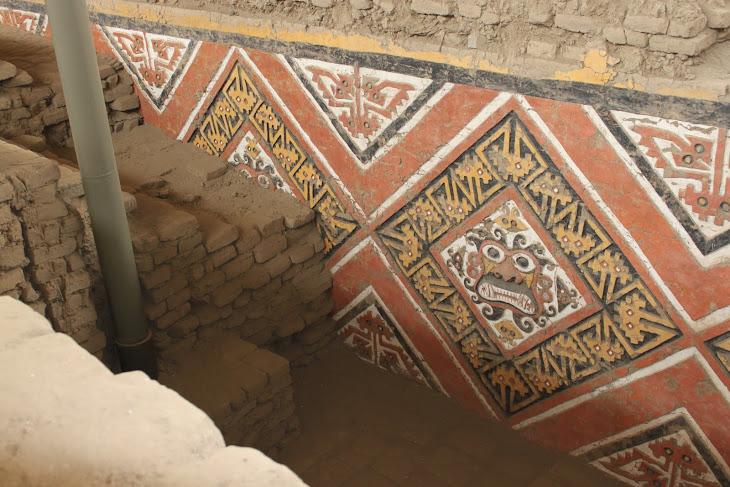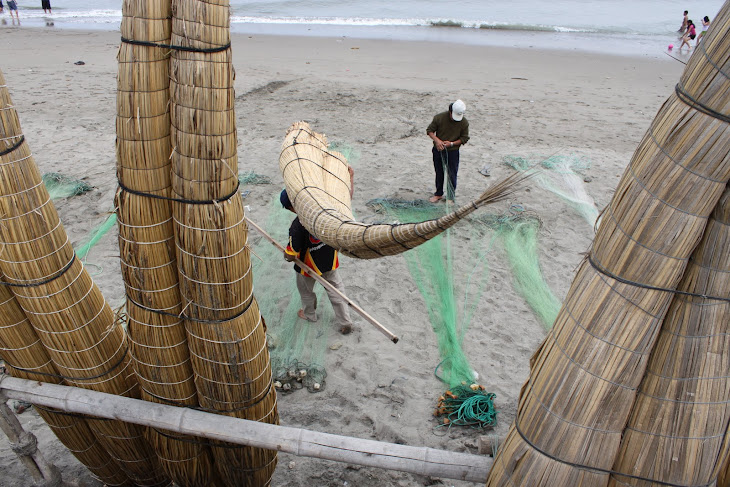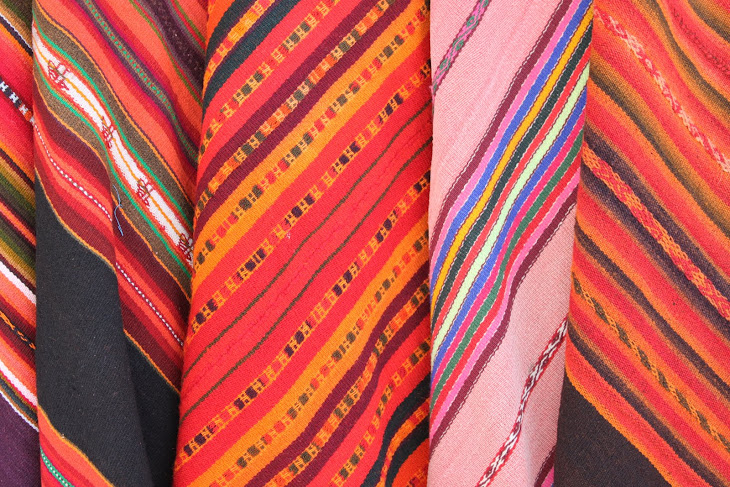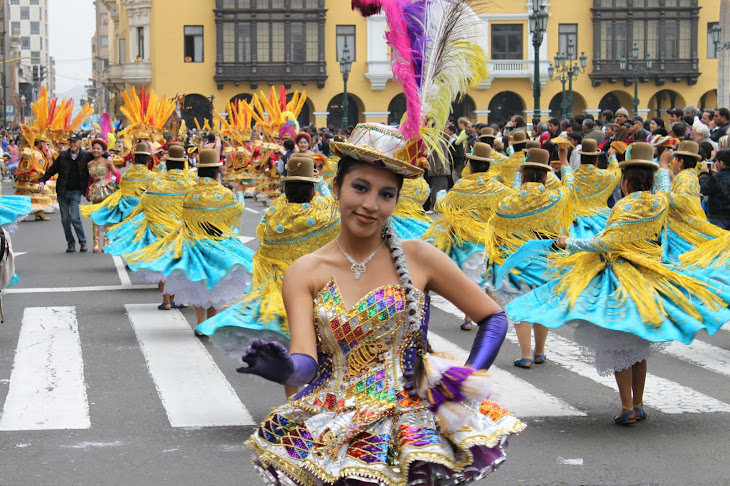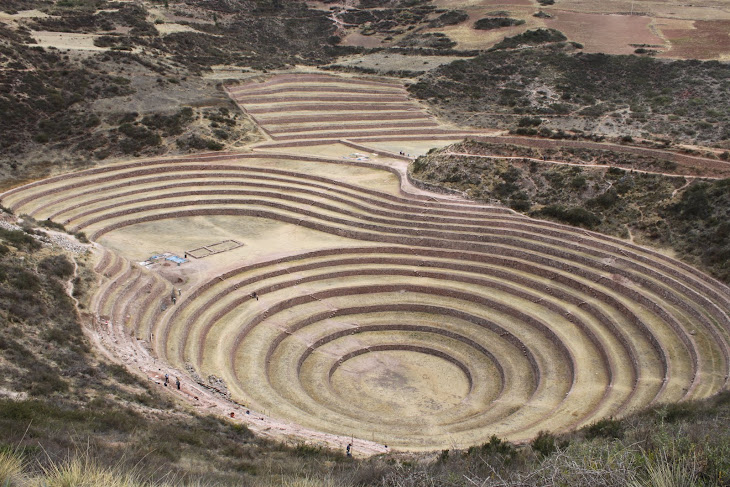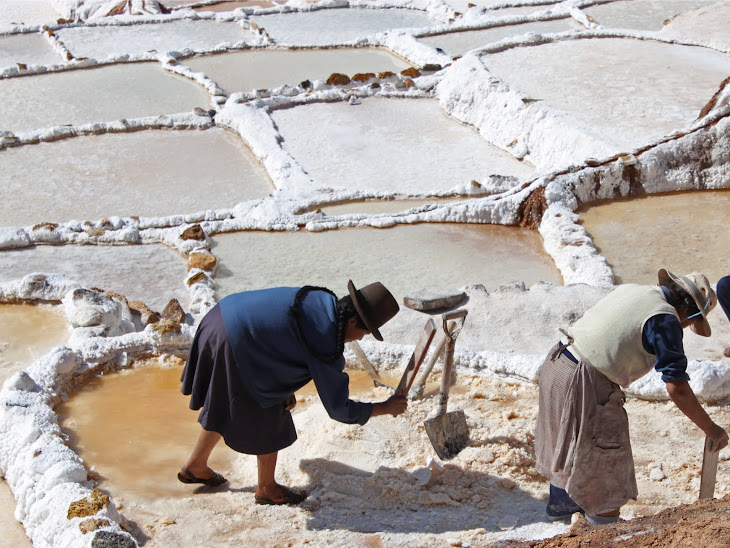Thursday, December 24, 2009
Our Own Oz Odyssey
We've been bouncing around Australia for a few weeks, with no plans to do the Big Three touristy bits - Ayers Rock/Uluru (too far), the Great Barrier Reef (Karen can't swim) or climbing Sydney Bridge (too costly). Instead we visited the Blue Mountains outside Sydney, the Adelaide Hills and Tasmania, which allowed us to focus on hiking and wine-tasting, two of our favourite activities. Australia has not disappointed us on those counts, with lots of information about shorter hikes (4 hours max) and wine regions we weren't previously aware of, both of which we have found in Tasmania. Even though we never saw the mountain at Cradle Mountain, and it rained (again) most of the time, we enjoyed the hike around Dove Lake in the drizzle and took lots of macro shots of flowers whose names we have no idea of. That's another thing about Australia: the flora and fauna are completely different. We feel like idiots. We had a fit of giggles the first time a wallaby hopped across the road in front of us - a bit of hysterics over not creating a roadkill mess with our first wildlife encounter. In Adelaide, we had the great fortune to be able to rest at the home of a couple we had met in New Zealand. Thanks Angela and Simon. They had offered their trailer and we had meant to take them up on it for just a few days, but Karen caught a cold and the timing was perfect for her to rest up with short forays into the Adelaide Hills to visit an animal sanctuary and a few wineries. The sanctuary protects native wildlife from imported predators and we hand-fed some eastern grey kangaroos. My, their muzzles are soft. We also spotted a few koalas and heard our favourite quote (from the night-walk guide): "Please don't step on the bandicoots" as the cute little buggers ran around our feet. Tasmania is a small place with oddly long stretches of driving. They warn you about that, but it's hard to believe until you actually drive across the island in one day. It was something like 300 kilometres in 8 hours, with a few stops, obviously. The scenery is so sprawling it's hard to fit it in a photo and outposts of civilization are so small you can stroll through whole towns in less than an hour. Bob splurged in Bridport after we discovered a golf course rated 7th in the world among public access courses. He started early enough in the day that there were wallabies munching on the first five fairways and he didn't see another golfer until the eighth hole. Karen spent the same morning hiking along the coast, shooting photos of the beach boulders covered in orange lichen and losing her way on the poorly marked trail. We are staying through Christmas on a working farm overlooking the Tasman Sea a couple hours north of Hobart. Yesterday we spent a whole day in Freycinet National Park, hiking over a steep mountain saddle to the iconic Wineglass Bay beach. We bought enough groceries and wine to get us through the holidays, which is good because then we don't have to drive that winding gravel road in the rain. There are hikes near here, books to read and wine to drink. Not Christmas as we know it, but not a bad substitute.
Monday, December 7, 2009
New Zealand - the lost bits
We were a little rushed on the last blog post . . . prepaid Internet connections always have a very annoying timer ticking away while you are busy trying to be fun to read. So, in our rush, we missed a few bits about New Zealand, like the wildlife. Which they don't have any of. See, when the Europeans arrived, New Zealand had no land animals other than a few types of bats. Sure there were sea lions and otters, but no raccoons, porcupines, skunks or bears, the kinds of things we worry about when we are camping in Canada. It was really jarring for us to watch Kiwi campers leaving their food about and not packing everything up at night to keep the animals out. I explained to some of them (all google-eyed) that when we camp for real, we don't wear the same clothes to bed that we wear when we are cooking. And you need a long rope to tie your food bag up in a tree. But New Zealand does have a wide variety of bird life, so all of our walks involved a lot of pausing to listen to bird songs . . . bird-watching is such a pain, you hardly ever see the smaller ones with the most exciting bird calls. But our last night of rural camping remains a highlight because of a single bellbird. You see, these birds are supposed to have a remarkable call like a bell, but we could never be sure if we were hearing one. Until we camped in a remote Department of Conservation site off a gravel road near Fairlee. It was a rainy, cold night and our van Syd was the only vehicle there. While we were cooking up pasta under a big sheltering tree, we heard the sound of a blacksmith's anvil. Now this was weird because we were nowhere near anyone, much less a blacksmith, but we supposed it might be from a nearby farm. But that didn't seem right, this was a single repeated CLINK like a hammer hitting an anvil, but not from very far away. We walked towards the sound and it seemed to be quite close overhead. Then we heard slight variations in the CLINK sound and it dawned on us . . . now THAT'S a bellbird. And there were no other campers to tell. One other item . . . dining. Dining was an odd affair for us in New Zealand. We were kind of camping, so there was a lot of campfood . . . dried pasta mixes with tuna or veggies added after the cooking, soup mixes (ditto), cheese and pickle sandwiches ("pickle" is more like a chutney; we bought rhubarb raisin pickle and tomato clove pickle from a nice old Kiwi couple at Jack's Blowhole), peanut butter and jelly sandwiches, muesli breakfasts and occasionally some sausages or meat that had to be bought and eaten in the same day because Syd the van's plastic food cooler was so small. (I really should post a picture of Syd.) But every now and then we ate out, and since most of our dining on the road was low-end, we splurged at the restaurants. In particular, in Kinloch, we stayed at a Department of Conservation campsite for $14 a night but ate at a lodge next door where our bill for the night was $188. That's Kiwi dollars, but still. Spectacular food and drink in a superb setting. If it wasn't for the rain . . .
Friday, December 4, 2009
NZ and a wee bit of AU
Everything in New Zealand is an acronym, thus the title of this post. We spent 20 days touring the South Island in the rain in a van. We kept saying, over and over, "I'm glad we're not in a tent." After so long in the van, however, things were awfully cramped, our belongings were a mess and everything was a bit smelly. Let's not even talk about the claustrophobia that Bob suffered with his head wedged into a back corner and his feet shoved between the front seats. Karen had a cold the whole time. Yet we loved it. We hiked every day (well, one hike was cut short by a bathroom emergency, but we survived). Some of the campsites were spectacular Department of Conservation areas where you paid $5 a person and parked on the lawn adjacent to mountains, lakes, rivers and sheep farms. Others were more like trailer parks where we crashed when we needed hot showers. Sometimes there were hottubs, but these places cost up to $40 a night. Still, the ease of just pulling in and making yourself at home was remarkable. At the south end of the the South Island, we decided not to go to Stewart Island because of the six metre swells. And after a couple of rainy weeks, we wrote off the West Coast because it's the rainy part of the country and that just seemed like a bad idea. Our one extravagence was a cruise on Doubtful Sound which is further south, more remote and much bigger than the more popular Milford Sound. The wee cruise boat we were on was only half full so the trip didn't seem so touristy, but the guide running the show was great . . . he got a handful of people up to the bow of the boat as the captain slowly creeped up under a waterfall. Karen collected a cupful of falling water to drink while I kept the camera dry. We were fortunate to have cruised Doubtful Sound because when we got to Milford a few days later it was socked in with fog. The hundreds of wee waterfalls on the road in were cool but it wouldn't have been worth going on a cruise under those conditions. Our biggest hike was up to the Rob Roy Glacier near Wanaka. Even the hour-long gravel drive to the trailhead was amazing. We crossed 9 fords (you know, water running across the road) and 9 cattle stops (metal bars across the road). Bob even took his shoes and socks off at one ford and waded in to make sure the water wasn't too deep for Syd the van to traverse. The drive and long hike was worth it to get up into the glacier valley and watch bits of the ice calving off and tumbling into the valley. Chased after some alpine parrots, too. Since NZ we've had a couple days in Australia, and went straight from Sydney where hotels are pricey to the Blue Mountains for some more hiking. Yesterday we were out for 6 hours. Gaa. Lovely clifftop hikes, looking across at other cliffs, all looking down on eucalyptus trees that make the distant hills look blue, really. The 900 stairs down and up were a bit much, so we're taking a rest day today. Karen ate kangaroo steak last night so we really must be in Australia. Hard to believe.
Thanks
We appreciate all the help. We've found just the right place to stay, so no more suggestions are needed. Now, back to our blogging.
Subscribe to:
Posts (Atom)
